Cuneiform cylinder with inscription of Nebuchadnezzar II describing the rebuilding of the temple of Shamash in Sippar (modern Tell Abu Habbah in Iraq) . Babylon, Mesopotamia: Neo-Babylonian period, circa 604-562 BC. Double-tapered barrel-shaped cylinder of baked clay, 8 1/4 inches (20.8 cm) in length, tapering from 3 1/4 inches (8 cm) at center to 2 1/4 inches (6 cm) at the ends. Text in two columns, approximately 35 lines. Very light wear to the surface but with no apparent loss of legibility; a short and minor fissure, apparently created at the time of forming or firing, visible on a blank area of the cylinder, overall in sound condition. The current example is a large cylinder in excellent preservation from Sippar, a great complex of temples, the cult site of the Akkadian sun god Shamash, and the home of his temple E-babbara. The text is in two columns, and follows text number 16 (published both in Babylonian and German) in Stephen Langdon Die neubabylonischen Konigsinschriften, Leipzig: J. C. Hinrichs, 1912 p.141 et seq. Paul-Richard-Berger, in Die neubabylonischen Konigsinchriften, 1973, lists seven extant examples of this cylinder, of which five are in the British Museum, London, and two in the Vorderasiatisches Museum, Berlin. The largest of these is noted as measuring 18.5 cm in length; the current specimen is a full 20.8 cm (8 1/4 inches). This is a remarkable written record in clay from the reign of Nebuchadnezzar II (Nabu-kudurri-usur), the greatest of the later kings of Babylonia, who ruled from 604 - 562 BC. He was the second of the eleventh dynasty of Babylonian rulers (the dynasty termed Neo-Babylonian or Chaldean), which lasted until the capture of Babylon by Cyrus II of Persia. Nebuchadnezzar II was the eldest son and successor of the Chaldean king Nabopolassar (Nabu-apla-usur), the dynasty's founder. Nabopolassar had seized control of Babylonia from King Sinsharishkun of Assyria, in the process ejecting the Assyrian armies from Babylonia, in 616 BC. Nebuchadnezzar himself defeated a combined force of the Egyptians (under the Pharaoh Necho) and Assyrians at Carchemish in an epic battle that consolidated his control over the region, and severely reduced the power of Egypt, which fell under his sway. That battle effectively finally extirpated the Assyrian empire, for almost two thousand years a major force in the region. He himself was an empire builder, one who waged successful campaigns against most of his neighboring states, including Phoenicia, Philistia, Judah, Ammon, Moab, and others, and in doing so acquired vast wealth and power. Approximate Translation: Column I. NEBUCHADNEZZAR, King of Babylon, the Wise, the Provider, Favorite of Marduk, Sakkanakku of the lands of Sumer and Akkad, who established the foundation of the lands; the Venerated Ruler whom Marduk, the Great Lord, has chosen to renew the Holy Sanctuaries and maintain the cities as his calling: into whose hands Nebo, the Victorious Son gave the scepter of prosperity to extend the lands for Man's guidance; the understanding and reverent, the maintainer of E-sagila and E-zida; the first-born Son of Nabopolassar, King of Babylon am I. When Marduk, the Great Lord, joyfully created me and called me into the Kingship with an eternal name, I thought reverently of Him and of His Divinity. But I continue humbly to worship Nebo, His legitimate Son, patron of my kingdom; I praise his glory. I endowed E-Sagila and E-zida, their favored palaces, with gold, silver, precious jewels and tall cedars, and made them shine forth like the innermost heavens. I beautified in splendor the holy sanctuaries of the great Gods, according to the wish of their hearts. E-barra, the radiant abode of the Gods, the dwelling-place of Samas, the Judge, which had long ago fallen into disrepair in Sippar; which no previous king had built, Samas the Lord ordered me, the Ruler, His favorite, to rebuild. I found its old cornerstone, and took notice of it. Over its old cornerstone I l
Cuneiform cylinder with inscription of Nebuchadnezzar II describing the rebuilding of the temple of Shamash in Sippar (modern Tell Abu Habbah in Iraq) . Babylon, Mesopotamia: Neo-Babylonian period, circa 604-562 BC. Double-tapered barrel-shaped cylinder of baked clay, 8 1/4 inches (20.8 cm) in length, tapering from 3 1/4 inches (8 cm) at center to 2 1/4 inches (6 cm) at the ends. Text in two columns, approximately 35 lines. Very light wear to the surface but with no apparent loss of legibility; a short and minor fissure, apparently created at the time of forming or firing, visible on a blank area of the cylinder, overall in sound condition. The current example is a large cylinder in excellent preservation from Sippar, a great complex of temples, the cult site of the Akkadian sun god Shamash, and the home of his temple E-babbara. The text is in two columns, and follows text number 16 (published both in Babylonian and German) in Stephen Langdon Die neubabylonischen Konigsinschriften, Leipzig: J. C. Hinrichs, 1912 p.141 et seq. Paul-Richard-Berger, in Die neubabylonischen Konigsinchriften, 1973, lists seven extant examples of this cylinder, of which five are in the British Museum, London, and two in the Vorderasiatisches Museum, Berlin. The largest of these is noted as measuring 18.5 cm in length; the current specimen is a full 20.8 cm (8 1/4 inches). This is a remarkable written record in clay from the reign of Nebuchadnezzar II (Nabu-kudurri-usur), the greatest of the later kings of Babylonia, who ruled from 604 - 562 BC. He was the second of the eleventh dynasty of Babylonian rulers (the dynasty termed Neo-Babylonian or Chaldean), which lasted until the capture of Babylon by Cyrus II of Persia. Nebuchadnezzar II was the eldest son and successor of the Chaldean king Nabopolassar (Nabu-apla-usur), the dynasty's founder. Nabopolassar had seized control of Babylonia from King Sinsharishkun of Assyria, in the process ejecting the Assyrian armies from Babylonia, in 616 BC. Nebuchadnezzar himself defeated a combined force of the Egyptians (under the Pharaoh Necho) and Assyrians at Carchemish in an epic battle that consolidated his control over the region, and severely reduced the power of Egypt, which fell under his sway. That battle effectively finally extirpated the Assyrian empire, for almost two thousand years a major force in the region. He himself was an empire builder, one who waged successful campaigns against most of his neighboring states, including Phoenicia, Philistia, Judah, Ammon, Moab, and others, and in doing so acquired vast wealth and power. Approximate Translation: Column I. NEBUCHADNEZZAR, King of Babylon, the Wise, the Provider, Favorite of Marduk, Sakkanakku of the lands of Sumer and Akkad, who established the foundation of the lands; the Venerated Ruler whom Marduk, the Great Lord, has chosen to renew the Holy Sanctuaries and maintain the cities as his calling: into whose hands Nebo, the Victorious Son gave the scepter of prosperity to extend the lands for Man's guidance; the understanding and reverent, the maintainer of E-sagila and E-zida; the first-born Son of Nabopolassar, King of Babylon am I. When Marduk, the Great Lord, joyfully created me and called me into the Kingship with an eternal name, I thought reverently of Him and of His Divinity. But I continue humbly to worship Nebo, His legitimate Son, patron of my kingdom; I praise his glory. I endowed E-Sagila and E-zida, their favored palaces, with gold, silver, precious jewels and tall cedars, and made them shine forth like the innermost heavens. I beautified in splendor the holy sanctuaries of the great Gods, according to the wish of their hearts. E-barra, the radiant abode of the Gods, the dwelling-place of Samas, the Judge, which had long ago fallen into disrepair in Sippar; which no previous king had built, Samas the Lord ordered me, the Ruler, His favorite, to rebuild. I found its old cornerstone, and took notice of it. Over its old cornerstone I l

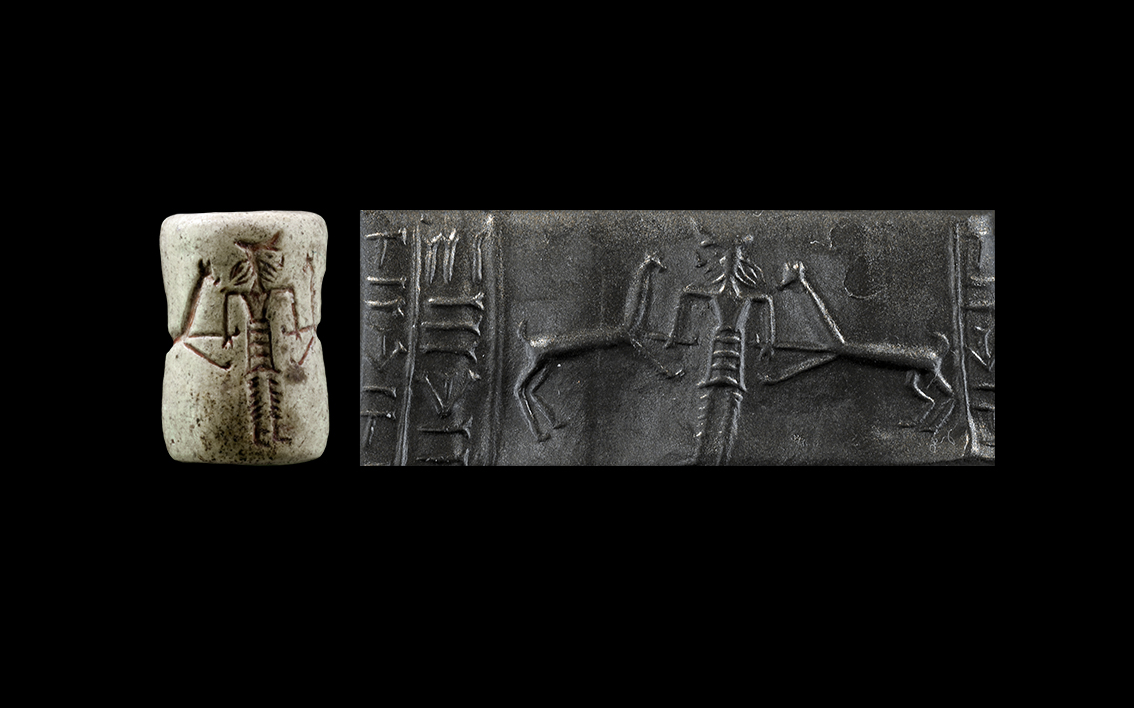
.jpg)
.jpg)
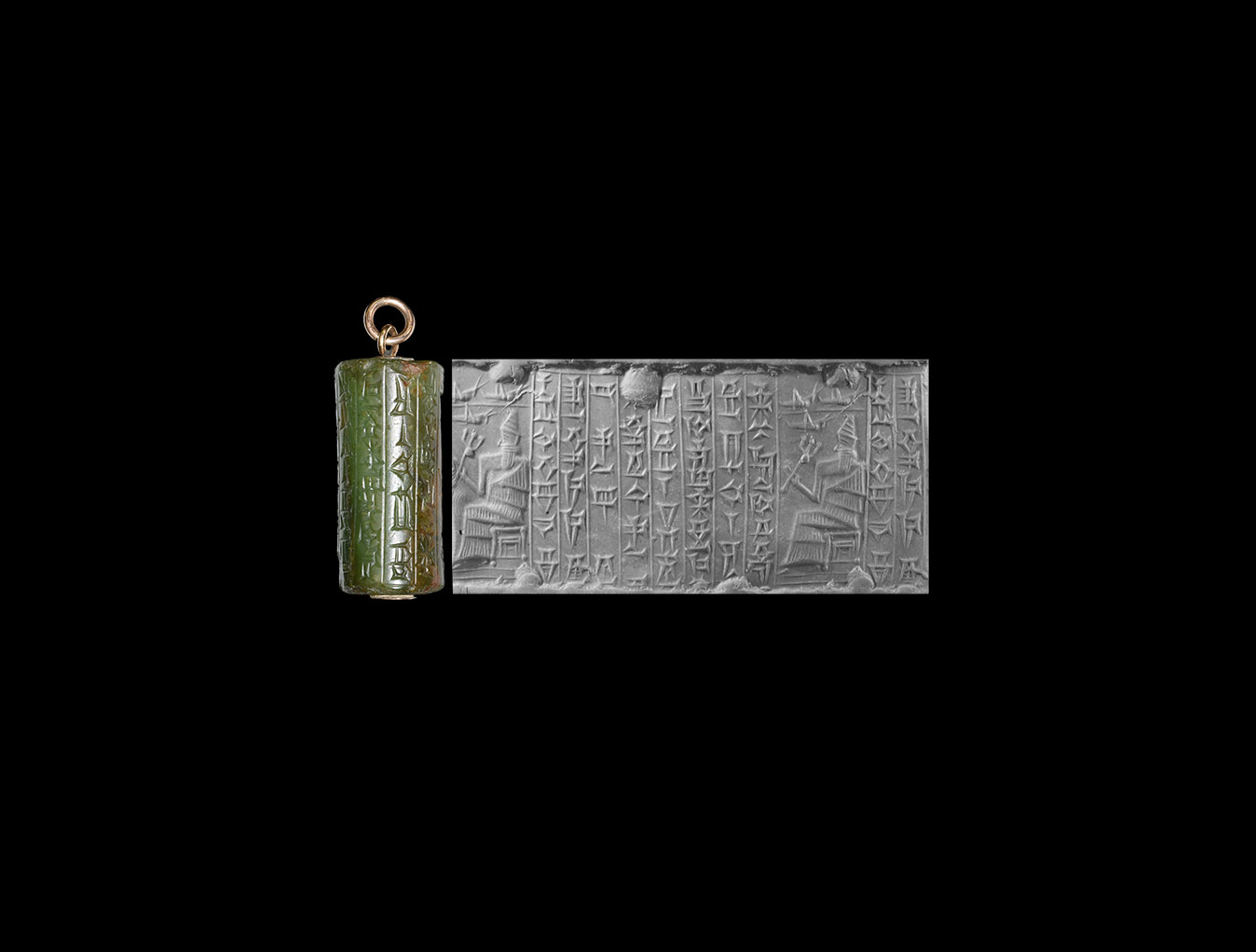
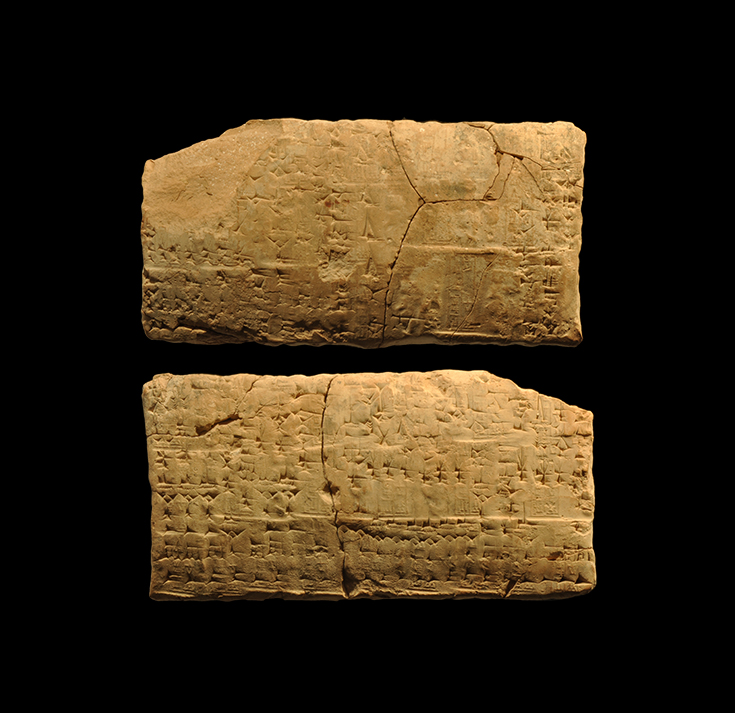
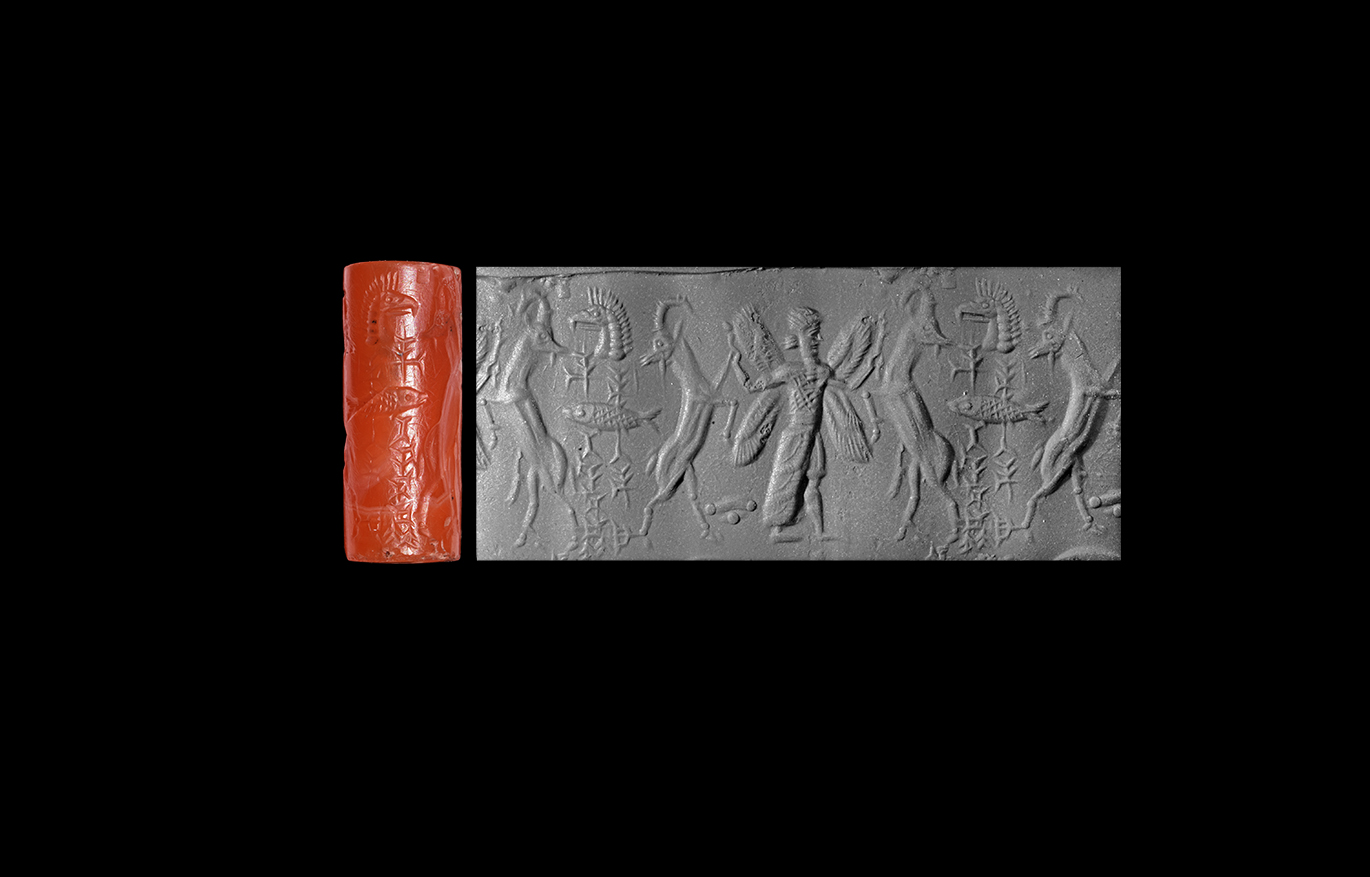
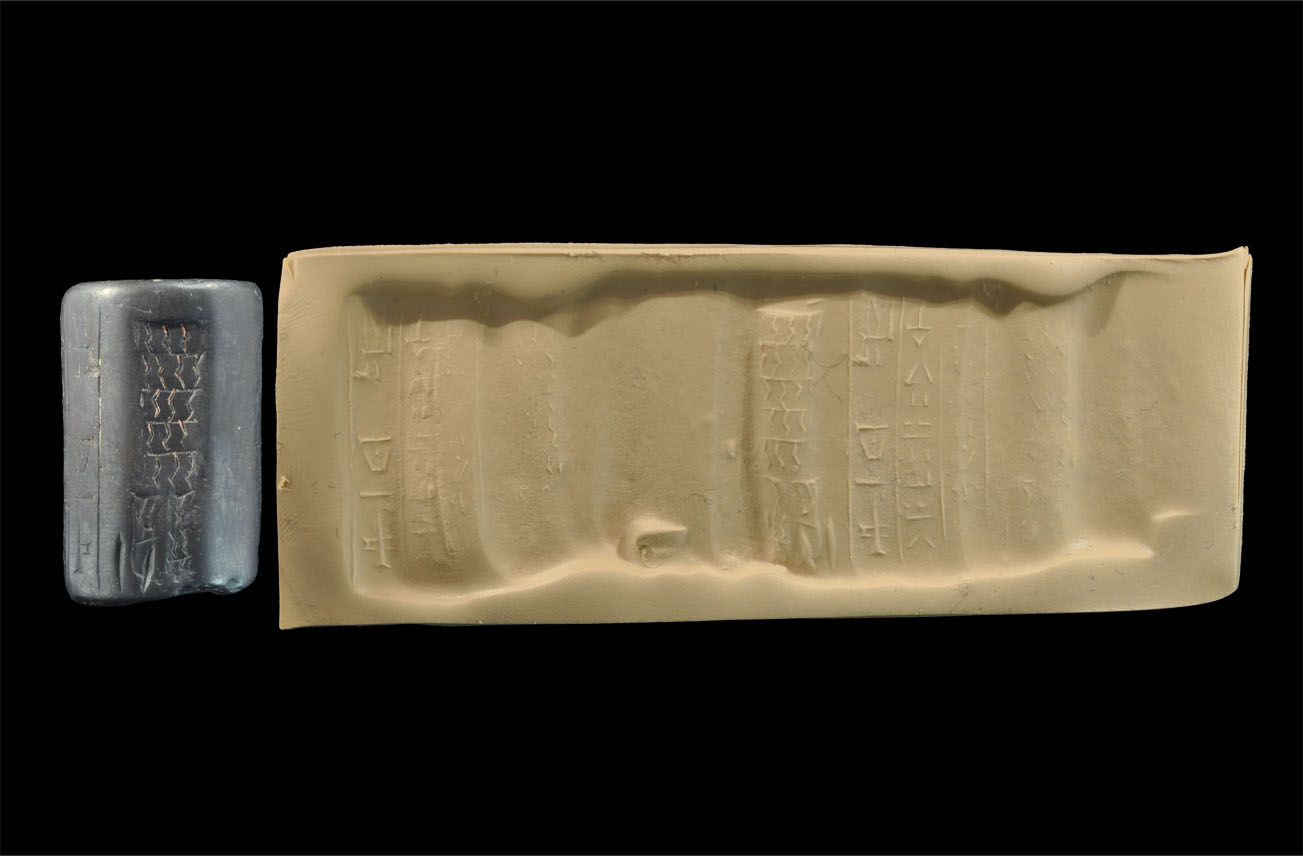
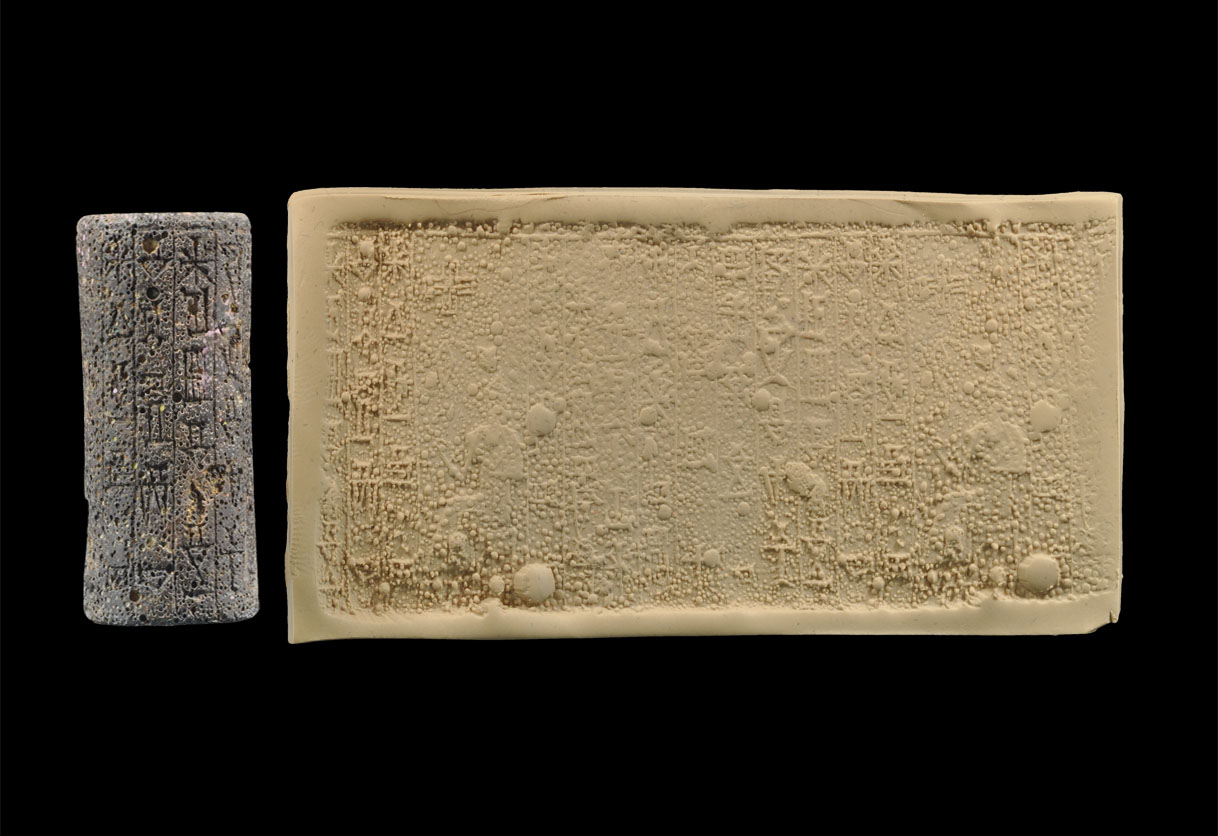

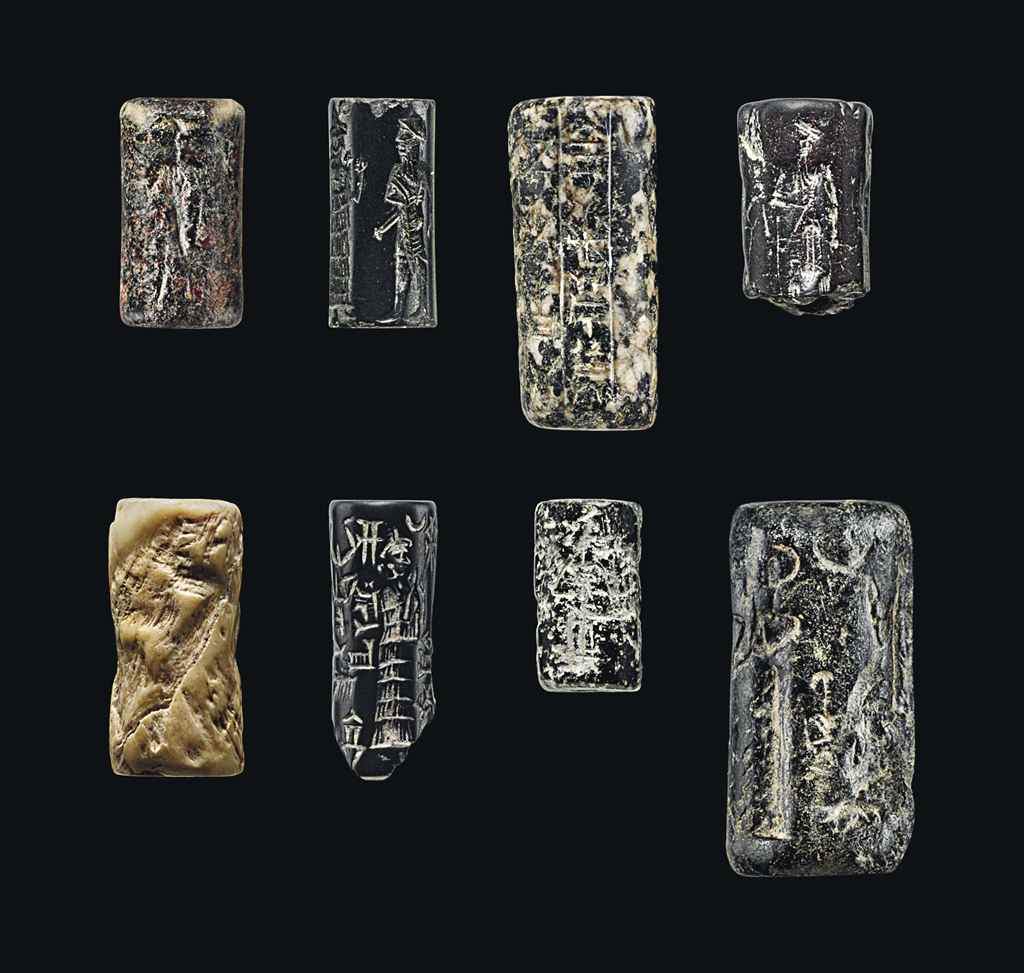
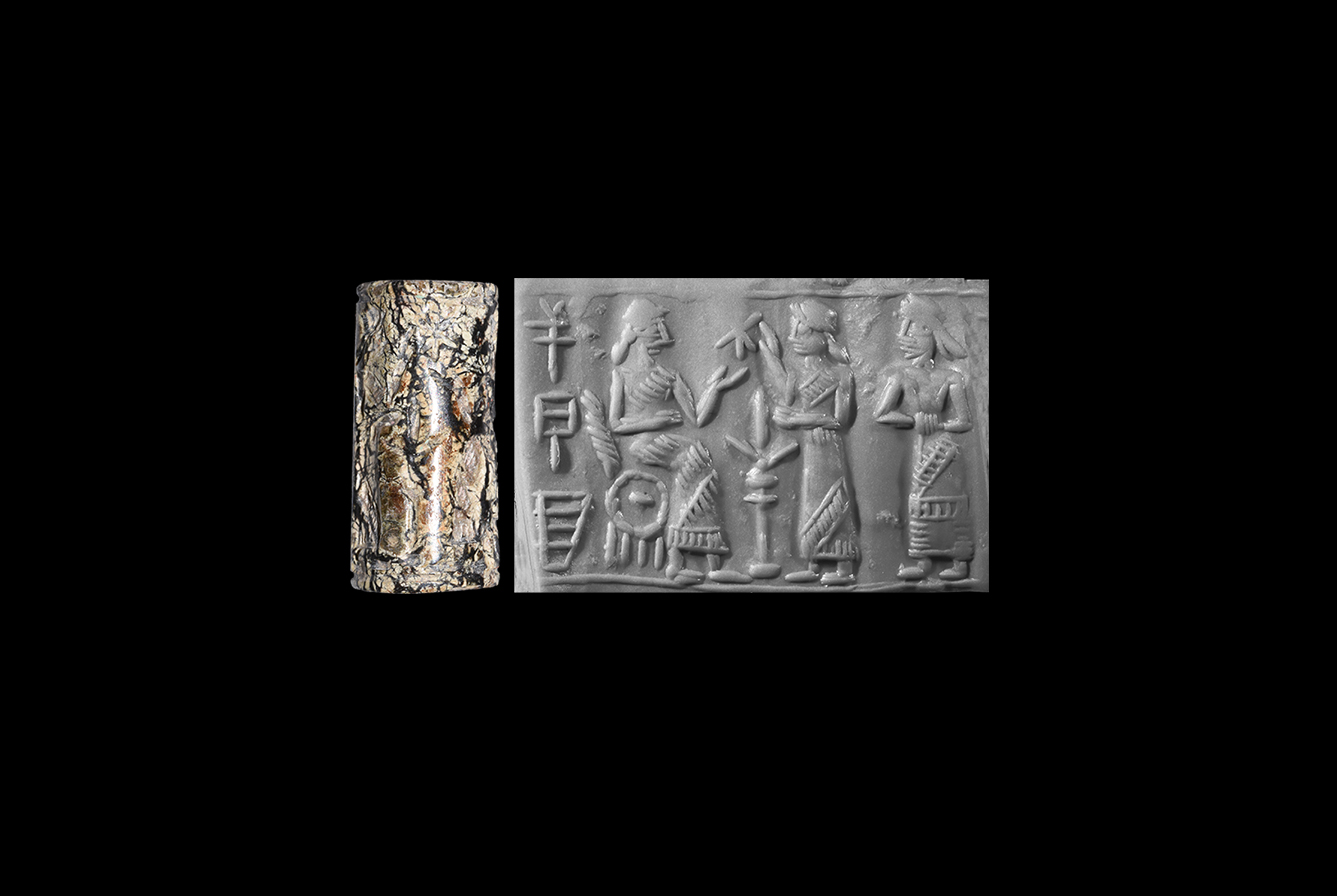
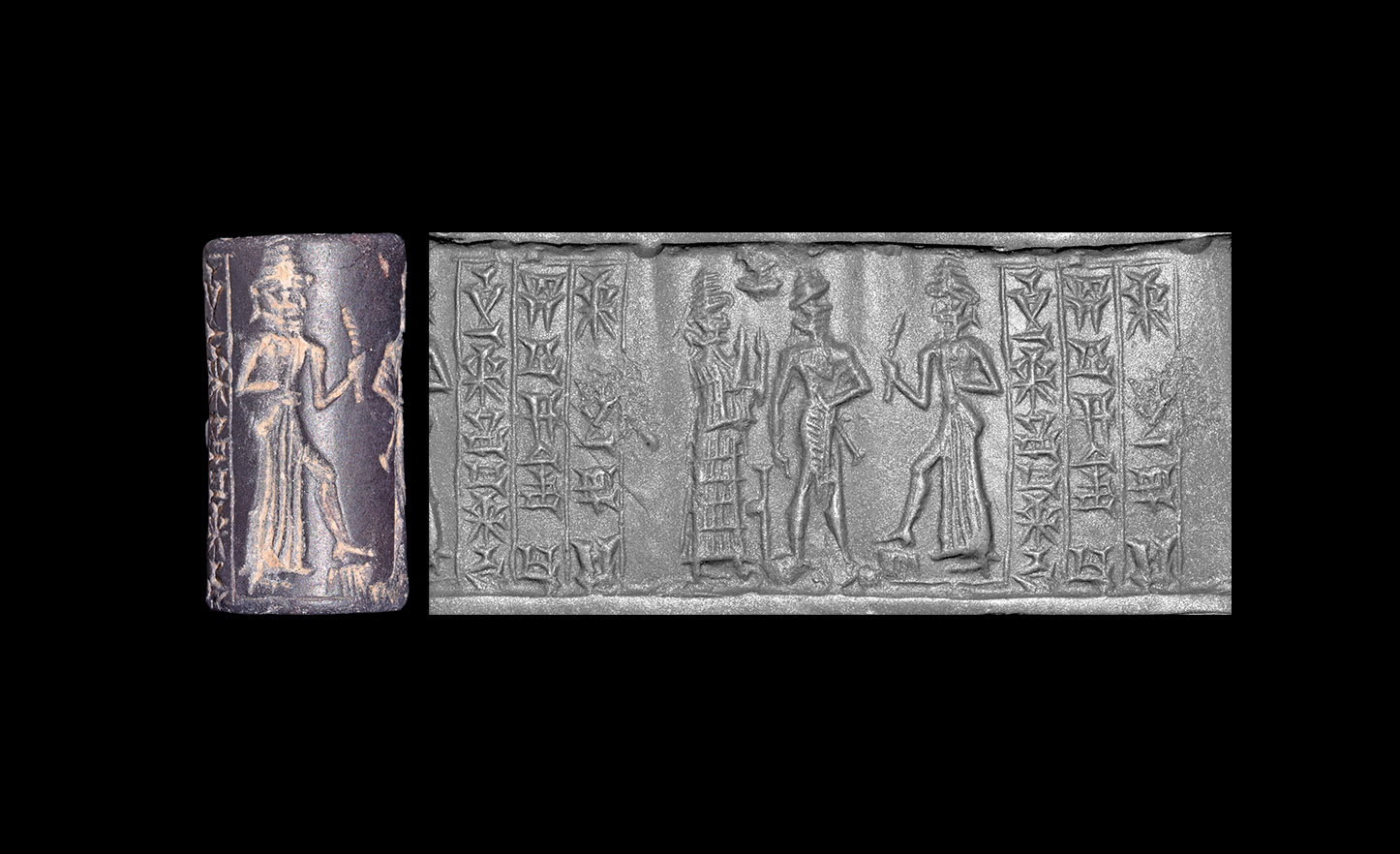
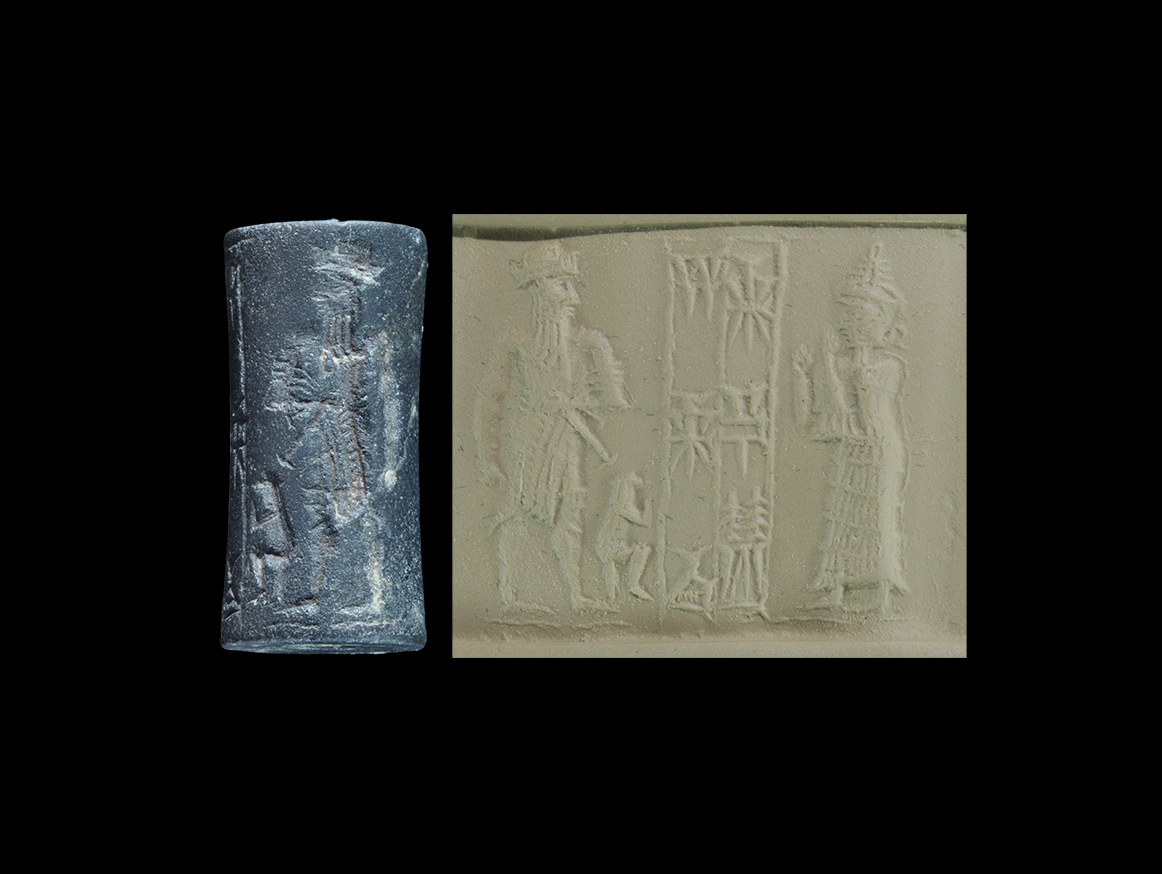

Testen Sie LotSearch und seine Premium-Features 7 Tage - ohne Kosten!
Lassen Sie sich automatisch über neue Objekte in kommenden Auktionen benachrichtigen.
Suchauftrag anlegen